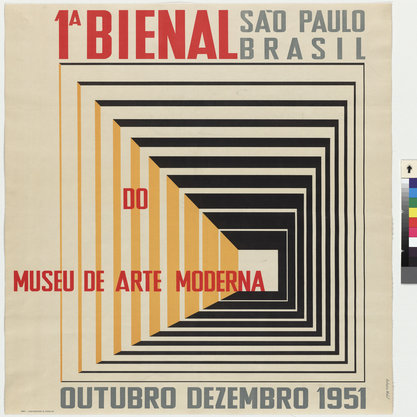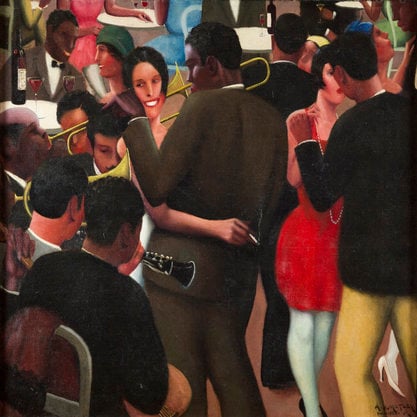Article
Rumba By McMains, Juliet
Article
Rumba refers to a genre of Afro-Cuban dance music played on hand percussion, including the subgenres of rumba yambú, rumba guaguancó, and rumba columbia. It is danced by a single couple or solo dancer in an African style with playful improvised steps featuring segmented movements of the hips, torso, and shoulders. Rumba, which evolved in late-nineteenth-century working-class, black neighborhoods of Matanzas, Cuba, was marginalized by Cuba’s white elite until the Castro regime embraced it as a symbol of modern national identity in the 1970s. Since the 1980s, rumba increasingly became a major feature of Cuban cultural export and cultural tourism, figuring prominently in Cuba’s modernization strategy through sale of state-sponsored folklore.
Rumba also refers to a style of modern ballroom dancing that developed in the 1930s in the United States, England, and Europe that was loosely based on the Cuban music and dance form called son. In its early practice, ballroom rumba was characterized by a small box step incorporating swaying of the hips and partnered turns borrowed from American ballroom dances.


